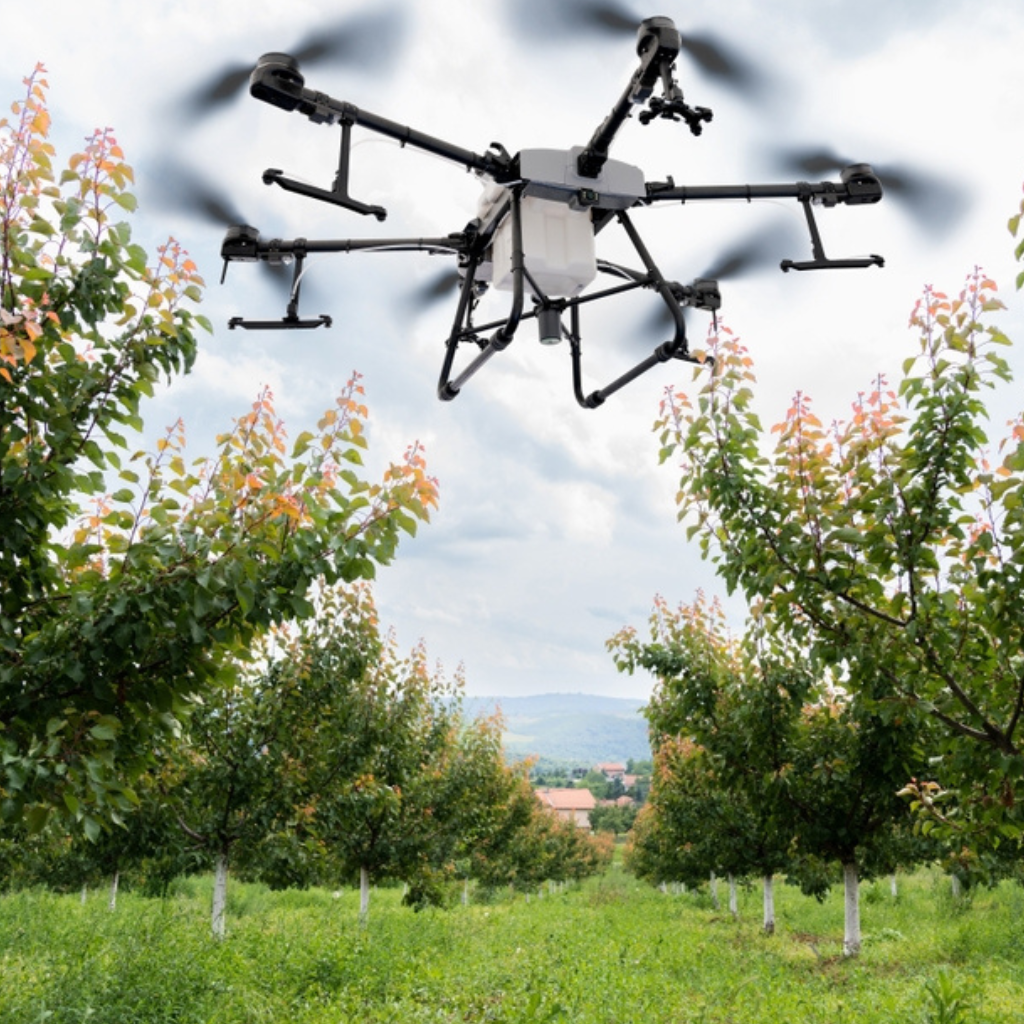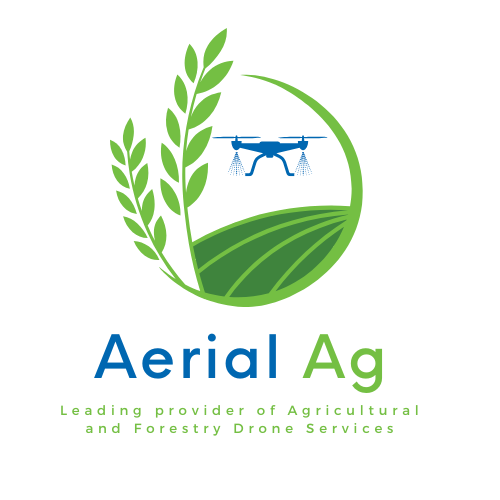
In the fast-paced world of agriculture, technological advancements are shaping the way farmers
approach crop management and land cultivation. Among these innovations, agricultural drones have
emerged as transformative tools, revolutionising traditional farming practices and ushering in a new
era of precision and efficiency.
Rising Above: The Birth of Agricultural Drones
Agricultural drones, often referred to as UAVs (Unmanned Aerial Vehicles) or UAS (Unmanned
Aircraft Systems), have come a long way since their inception. Originally developed for military and
recreational purposes, these unmanned aircraft quickly found a niche in agriculture due to their
ability to capture valuable data from a bird’s-eye view.
Key Benefits of Agricultural Drones:
Precision Farming Unleashed:
Agricultural drones offer unparalleled precision in monitoring and managing crops. Equipped with
high-resolution cameras and advanced sensors, these drones provide detailed insights into crop
health, soil conditions, and overall field performance. This precision empowers farmers to make
informed decisions, optimise resource utilisation, and address issues promptly.
Efficient Crop Monitoring:
Drones can cover large areas of farmland quickly and capture detailed imagery that goes beyond the
capabilities of traditional scouting methods. This enables farmers to monitor crop growth, identify
areas of stress or disease, and take corrective measures before issues escalate. The efficiency of crop
monitoring contributes to increased yields and healthier crops.
Precision Spraying and Seeding:
One of the game-changing applications of agricultural drones is precision spraying. Drones equipped
with spraying systems can precisely apply pesticides, fertilizers, or seeds to targeted areas. This
targeted approach not only reduces the environmental impact but also minimizes input costs for
farmers. It ensures that resources are used efficiently and effectively.
Data-Driven Decision-Making:
Agricultural drones generate vast amounts of data during flights. This data, ranging from NDVI
(Normalised Difference Vegetation Index) maps to thermal imaging, can be processed and analysed
to gain valuable insights. Farmers can use this data to make informed decisions about irrigation,
fertilisation, pest control, and overall farm management.
Time and Cost Savings:
Drones offer a significant advantage in terms of time and cost savings. Compared to traditional
methods of field inspection or monitoring, which may require extensive time and labor, drones can
cover large areas quickly and efficiently. This not only saves time but also reduces operational costs
for farmers.
Challenges and Future Prospects:
While the adoption of agricultural drones has been promising, challenges such as regulatory
compliance, initial costs, and the need for skilled operators remain. However, ongoing
advancements in technology, increasing awareness, and supportive regulatory frameworks are
driving the widespread adoption of these transformative tools.
Looking ahead, the future of agricultural drones is exciting. Integration with artificial intelligence,
machine learning, and further advancements in sensor technology will enhance their capabilities. As
these technologies continue to evolve, agricultural drones are poised to play an even more integral
role in sustainable and efficient farming practices.
Conclusion: Embracing the Future of Farming
In conclusion, agricultural drones are not just flying machines; they are catalysts for change in the
agricultural landscape. By combining precision, efficiency, and data-driven insights, these drones
empower farmers to overcome challenges and embrace a future where technology and tradition
work hand in hand. As the agriculture industry continues to evolve, the impact of agricultural drones
is set to grow, ensuring a more sustainable, productive, and technologically advanced future for
farmers worldwide.


